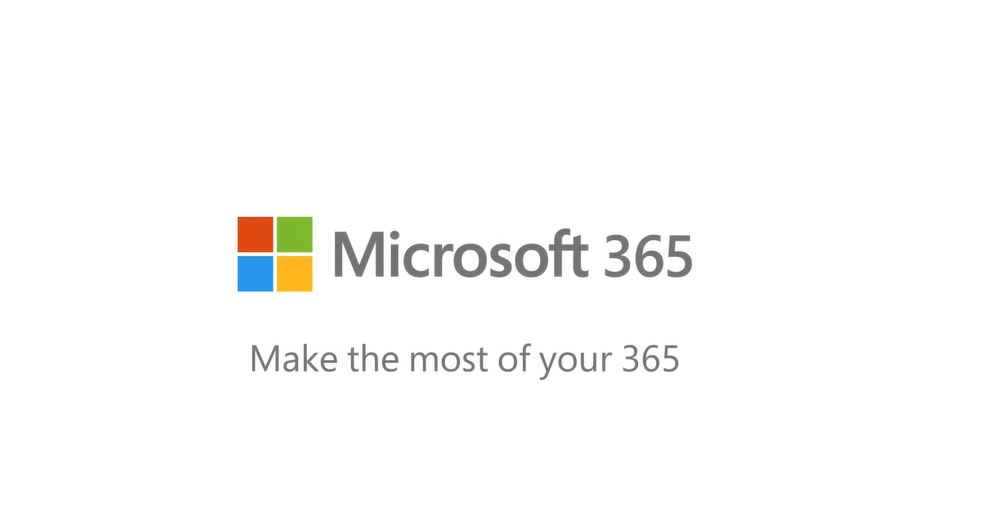Businesses across all industries are constantly at risk of falling victim to a cyberattack. In order to reduce this risk, it is essential that businesses secure their IT systems. It is common to have several solutions working together to provide comprehensive security, for example, email, web, network and endpoint. However, many businesses fail to invest in one of the most important methods of protection, the human firewall. In this article, we will define the human firewall, why it is important, and how businesses can build an effective human firewall.
What is a human firewall?
A traditional firewall is an IT network security system that monitors and filters inbound and outbound network traffic, blocking anything malicious. Typically, it acts as a boundary between a trusted network, and an untrusted network. On the other hand a human firewall refers to the process of educating staff to reduce the risk of a cyber attack.
How important is a human Firewall?
Strong cyber security awareness enables users to accurately report and identify cyberattacks. This reduces the chance of a business falling victim to a cyber attack, whilst developing a strong IT security culture. Many employees have access to sensitive data so everyone plays a role in securing the business. If targeted by an advanced threat, a human firewall, may be the one system that is the difference between a major cyber attack and staying secure. Depending on the size of your business, an effective human firewall could save you a lot of money.
How do you build a human firewall?
Educate Employees
The foundation of any strong human firewall is a comprehensive education and awareness programme. Education will give employees the skills to detect and action suspicious activity. Common topics including phishing, social engineering, password hygiene, physical security, mobile device security, and threats to hybrid work. The training should be interactive, specific to the business and employees should be given frequent ‘refresher’ courses.
Include all Departments
Whist many businesses rely on employees in technical or IT roles to be security ‘champions’, businesses should ensure that all departments are trained to be part of a human firewall.
This is important as all employees have access to sensitive information and files, and many cyberattacks start by targeting an employee with low-level access rights, then move laterally across a network or even use their account to phish accounts with higher-level access rights.
Similarly, when educating employees within a department, training should be tailored to suit the IT systems the department uses.
Create Policies and Procedures
Whilst training and education are essential when building a human firewall, they should be backed up by formal policies and procedures. These policies and procedures are typically lengthy documents with a large amount of detail. There should also be shorter documents that are written in layman’s terms to ensure employees can understand policies without unnecessary jargon.
An important procedure to document is how employees should report a potential cyberattack, data breach or poor security practices. This procedure should be simple to follow so employees can quickly and easily make these reports before it is too late.
Make it Engaging
In order for training to be effective, it should be interesting, engaging and relevant to the business and the employee’s role. This may include using real-world examples of previous attack attempts on a business, or a real-time training simulation where employees must act as if there is an actual cyberattack. Using simulations and real-world examples will make it easier for employees to connect with the training and will highlight any areas of weakness, and build a stronger human firewall.
Build Redundancy
Although a human firewall acts as a strong safeguard for businesses, it should always be supported by a comprehensive security ecosystem. The human firewall’s purpose is to thwart potential attacks that are not stopped by the security solution. When businesses are considering an IT security solution, they should look for one that includes protection of multiple attack surfaces, including email, web and endpoint, with features to ensure quick remediation. This should mitigate most attacks, and those that slip through the cracks should be stopped by the human firewall.
What’s Next?
If your business is ready to take the next step to build a human firewall to protect your business’s most valuable assets, we can help. We also can recommend and implement a comprehensive security solution, tailored to your business to reduce your chance of falling victim to a cyberattack. To find out more, contact us today.


 Previous
Previous









